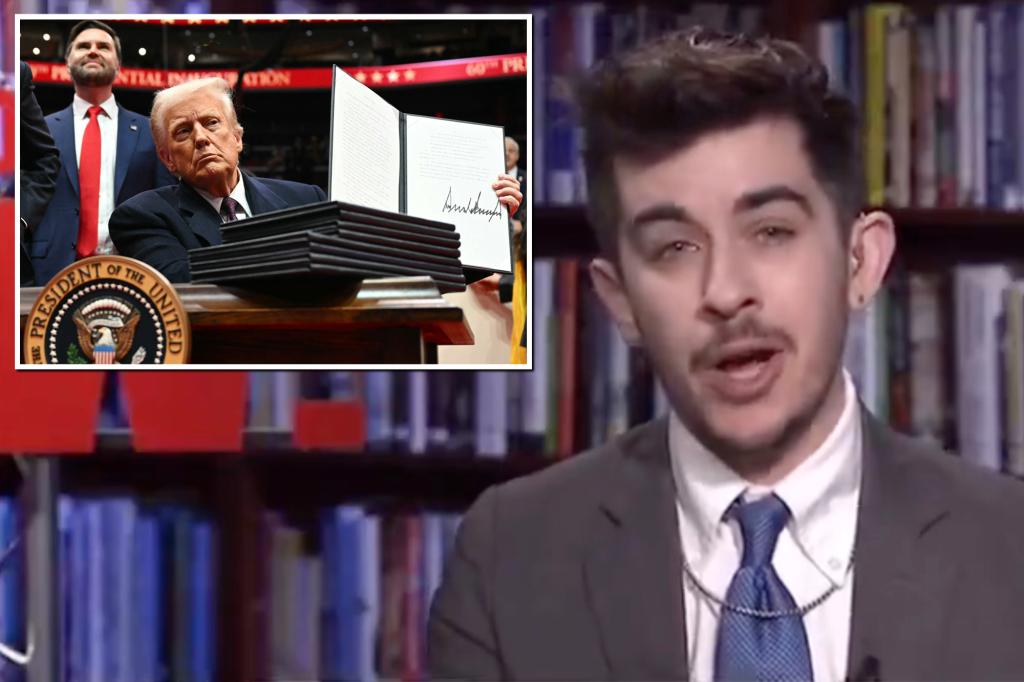The debate surrounding transgender rights and the recognition of biological sex has once again been ignited by a recent executive order issued by former President Donald Trump. The order, titled “Defending women from gender ideology extremism and restoring biological truth to the federal government,” asserts the U.S. policy of recognizing two sexes—male and female—based on biological distinctions. This has sparked intense controversy, particularly concerning the implications for transgender individuals in various areas, including access to shelters and other sex-segregated spaces.
The controversy was further fueled by the reaction of Chase Strangio, a transgender man and lawyer for the American Civil Liberties Union (ACLU), who appeared on the news program “Democracy Now!” to critique the executive order. Strangio argued that the order’s emphasis on a “fixed gender binary” targets transgender individuals and expressed concern about its potential impact on access to shelters. Specifically, Strangio objected to the directive for the Department of Housing and Urban Development to create policies protecting women seeking single-sex spaces, such as rape shelters, arguing that this would effectively exclude transgender individuals under the pretext of them being a threat to “non-transgender women.”
Strangio’s use of the term “non-transgender women” to refer to biological women drew significant attention and criticism, particularly from conservative commentators. Some viewed the term as unnecessarily convoluted and a deliberate attempt to erase the term “woman” in its traditional sense. Others interpreted it as a reflection of the broader debate surrounding gender identity and the inclusion of transgender individuals in spaces traditionally designated for a single sex.
The incident sparked a wave of responses on social media, with many conservatives expressing their disapproval of Strangio’s terminology and the broader implications of the executive order. Conservative commentators and political figures weighed in, criticizing Strangio’s word choice and arguing that it undermined the recognition of biological women. Some suggested that the term was a deliberate attempt to obfuscate the issue and erase the category of “woman.” Others argued that it reflected a broader trend of prioritizing transgender identity over the rights and safety of biological women.
The debate highlights the ongoing tension between transgender rights and the recognition of biological sex, particularly in the context of single-sex spaces. Advocates for transgender rights argue that excluding transgender individuals from such spaces constitutes discrimination and denies them access to essential services and protections. Conversely, some argue that maintaining single-sex spaces is crucial for the safety and privacy of women, particularly in vulnerable situations like domestic violence shelters. The discussion often revolves around balancing the needs and rights of different groups, with both sides asserting the importance of inclusivity and safety.
The controversy surrounding the executive order and Strangio’s comments underscore the complexities of the ongoing debate surrounding gender identity, sex, and the law. The discussion touches on deeply held beliefs about identity, biology, and the role of government in regulating these areas. Finding a path forward that respects the rights and dignity of all individuals while also addressing legitimate concerns about safety and privacy remains a significant challenge. The debate is likely to continue as society grapples with these complex issues and seeks to create policies that are both inclusive and protective.










